Australia, a land of stunning landscapes, diverse wildlife, and vibrant cities, has long been a magnet for travellers seeking adventure and exploration. But what if you could extend your stay indefinitely, turning your journey into a lifestyle? What if you could earn a living while traversing the vast Outback, surfing on the Gold Coast, or exploring the urban jungle of Sydney? Welcome to the world of digital nomadism in Australia, a lifestyle that combines work and travel in a uniquely rewarding way.
The digital nomad lifestyle is a modern phenomenon made possible by advances in technology and the increasing flexibility of work. It involves working remotely, often in a freelance or contract capacity, while travelling. This lifestyle offers an unparalleled sense of freedom and flexibility, allowing you to earn a living while exploring new places. Australia, with its advanced infrastructure, high standard of living, and diverse landscapes, is an ideal destination for digital nomads.
This guide is designed to help you navigate the exciting yet challenging path of working remotely while travelling in Australia. Whether you're a seasoned digital nomad looking for your next adventure or a newbie considering a leap into this lifestyle, this guide will provide you with practical advice, insights, and strategies.
We'll explore various aspects of the digital nomad lifestyle in Australia, from choosing the right work opportunities to managing finances, from finding suitable accommodation to staying connected and productive. We'll delve into the challenges you might face, such as isolation, limited resources, and unpredictable circumstances, and offer tips on how to overcome them.
But this guide is not just about survival; it's about thriving as a digital nomad in Australia. It's about embracing the freedom and flexibility that this lifestyle offers, while also maintaining a sustainable income and a healthy work-life balance. It's about immersing yourself in the Australian culture, engaging with local communities, and respecting the environment. It's about making the most of your journey, both professionally and personally.
So, are you ready to embark on this exciting journey? Are you ready to swap your office for a beach, your daily commute for a road trip across the Outback, your routine for an adventure? If so, this guide is for you. Let's explore the possibilities, navigate the challenges, and celebrate the joys of being a digital nomad in Australia. Welcome to your new way of life.
Living as a digital nomad in Australia, travelling and earning money while living off the grid, is an enticing prospect. This lifestyle offers unparalleled freedom and flexibility, allowing you to explore the vast landscapes of Australia while maintaining a steady income. However, it's not without its challenges. It requires careful planning, resource management, and a willingness to adapt to changing circumstances. This guide aims to provide you with practical advice and strategies to navigate this unique lifestyle successfully.
Step 2: Choosing the Right Vehicle and Equipment The first step in your off-grid journey is selecting the right vehicle. Options range from compact campervans to spacious motorhomes, each with their own advantages and drawbacks. Campervans, for instance, are more maneuverable and fuel-efficient but offer less living space. On the other hand, motorhomes provide more comfort and amenities but can be more challenging to navigate and park.
In terms of equipment, solar panels are a must for generating electricity. Water storage systems are crucial for maintaining a supply of fresh water, and a portable toilet can provide much-needed convenience. A reliable communication system, such as a satellite phone or internet booster, is also essential, especially when travelling in remote areas.
Step 3: Identifying Suitable Work Opportunities As a digital nomad, your income will likely come from remote work. The possibilities are vast, ranging from freelance writing and graphic design to web development and online tutoring. The key is to find something that matches your skills and interests.
Freelancing websites like Upwork and Fiverr can be a good starting point. They offer a wide range of job categories and allow you to work with clients from all over the world. Alternatively, you can look for remote positions in companies that offer this flexibility.
Step 4: Building a Remote Work Portfolio A strong portfolio is your ticket to attracting potential clients or employers. It should showcase your skills, experience, and unique value proposition. If you're a writer or designer, for example, your portfolio should include samples of your best work. If you're a developer, consider showcasing your projects on GitHub.
Your portfolio should be easily accessible, preferably online. You can create a professional website or use platforms like Behance or LinkedIn to showcase your work. Remember, your portfolio is an ongoing project. Keep updating it as you complete new projects or acquire new skills.
Step 5: Managing Finances and Budgeting Financial management is a crucial aspect of living off the grid. You need to account for all your expenses, including fuel, food, accommodation, vehicle maintenance, and insurance. It's a good idea to create a budget and stick to it as closely as possible.
There are several tools and apps that can help you track your expenses and manage your finances. Mint, for example, allows you to create budgets, track your spending, and get a complete overview of your finances. YNAB (You Need A Budget) is another excellent tool that can help you gain control over your money.
Step 6: Finding Off-Grid Accommodation Finding suitable places to stay is another important aspect of living off the grid. Free campsites, national parks, and private lands are all potential options. However, it's essential to be aware of the rules and regulations regarding camping in these areas.
Websites like WikiCamps Australia provide a wealth of information about camping locations, facilities, and user reviews. Always remember to leave no trace, respecting the environment and local communities.
Step 7: Staying Connected and Productive Staying connected is crucial, especially if your income depends on remote work. Mobile internet plans, Wi-Fi hotspots, and signal boosters can help you stay online. However, connectivity can be a challenge in remote areas, so it's important to plan your travel route and work schedule accordingly.
Creating a productive workspace is also essential. This could be a dedicated corner in your vehicle or a portable setup that you can take outdoors. Remember to take regular breaks and maintain a healthy work-life balance.
Step 8: Overcoming Challenges and Enjoying the Journey Living off the grid and earning money while travelling around Australia is not without its challenges. You may face issues like isolation, limited resources, and unpredictable circumstances. However, with a positive mindset and problem-solving attitude, these challenges can be overcome.
Remember, the journey is as important as the destination. Take time to enjoy the beauty of Australia, engage with local communities, and immerse yourself in the experience. This unique lifestyle offers opportunities for growth, learning, and unforgettable memories.
Step 9: Conclusion Living as a digital nomad in Australia, earning money while travelling and living off the grid, is a rewarding and enriching experience. It requires careful planning, resource management, and a spirit of adventure. But with the right approach and mindset, you can enjoy the freedom and flexibility that this lifestyle offers. This guide is just the beginning. There are numerous resources, communities, and platforms out there that can provide further support and inspiration. So, start planning your journey and embrace the exciting world of off-grid living and digital nomadism.


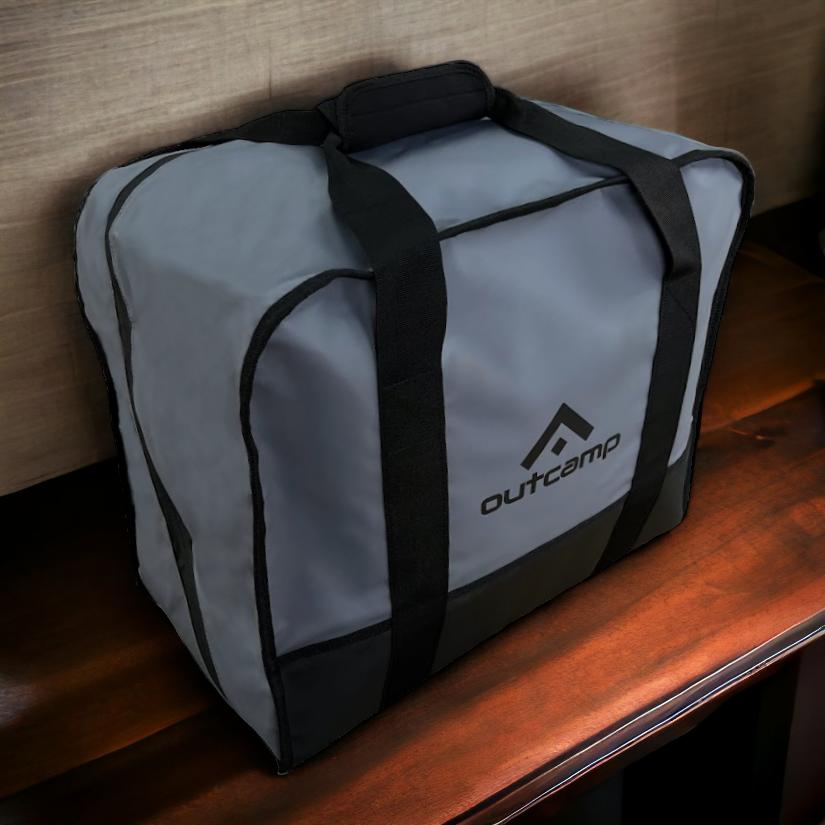
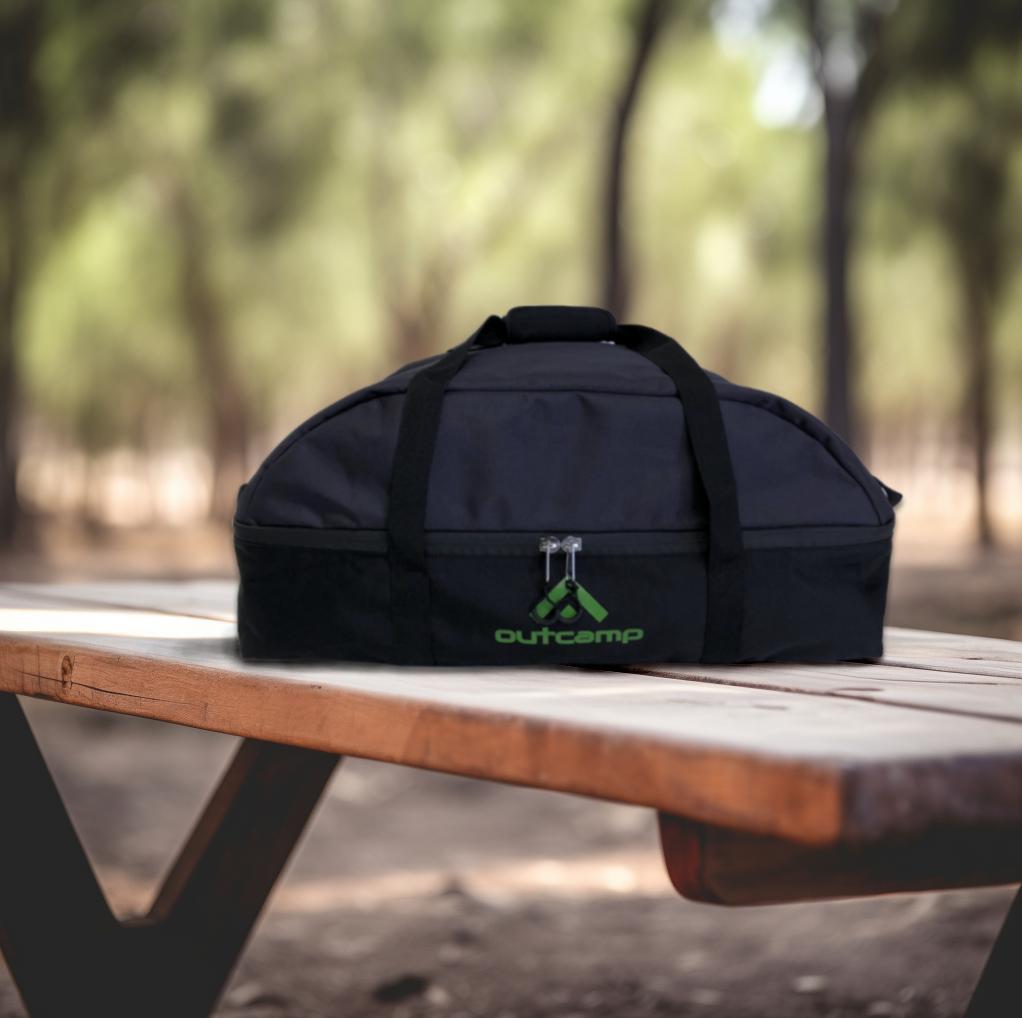
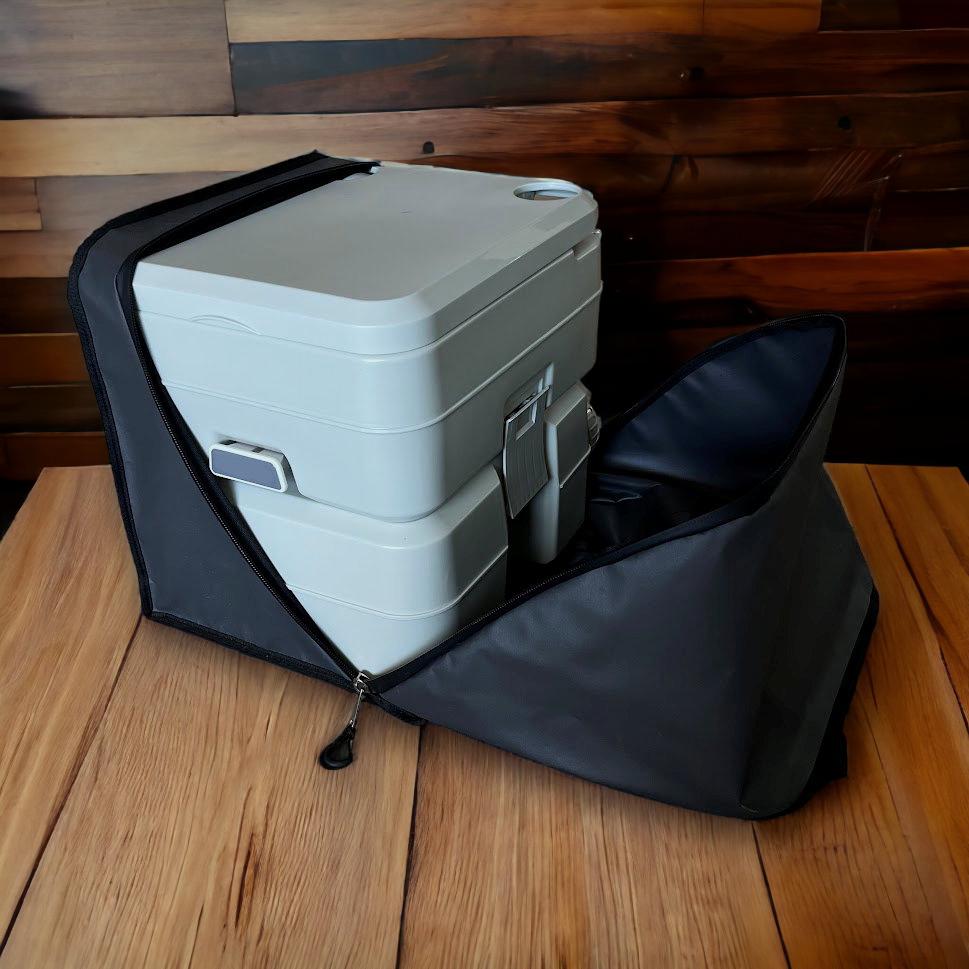
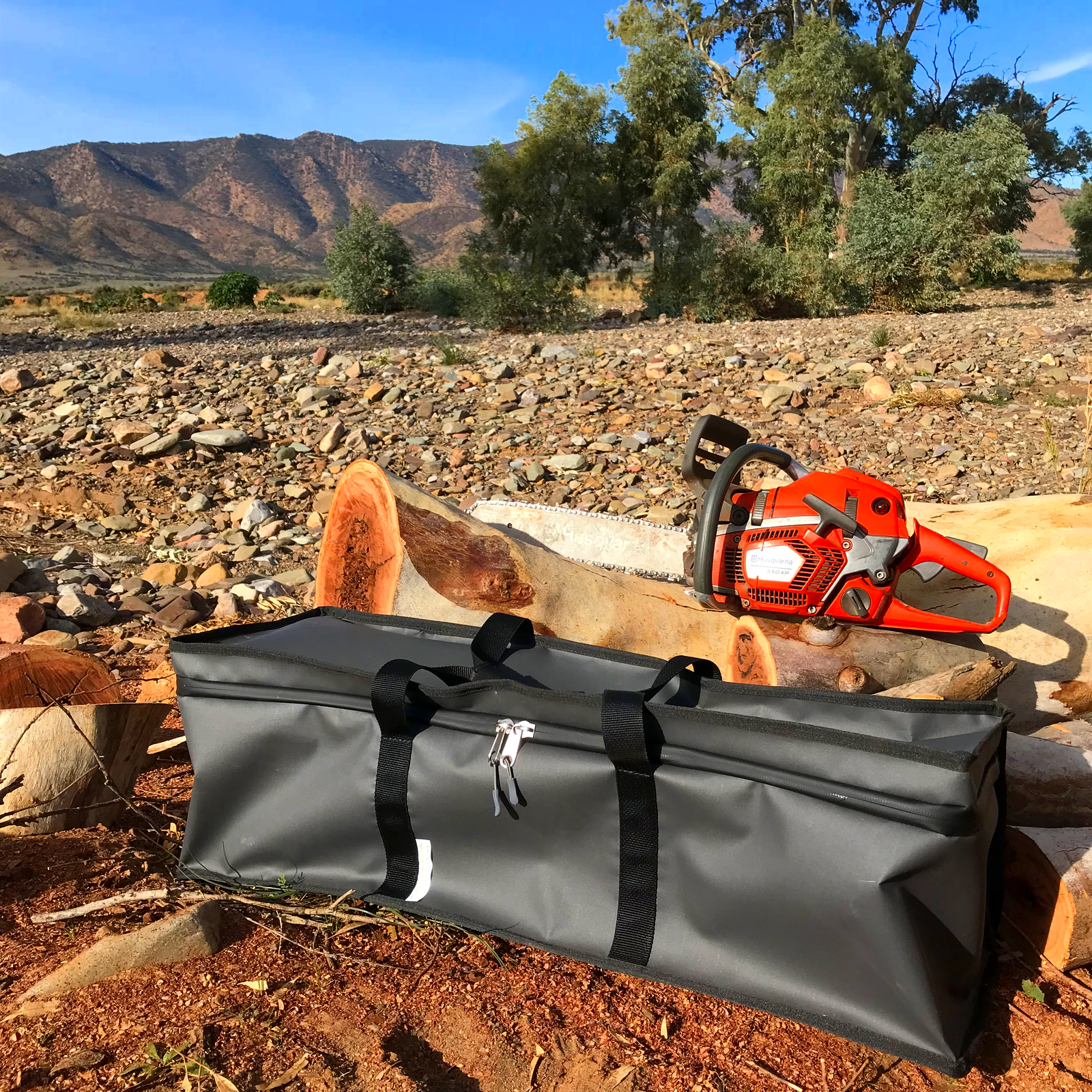
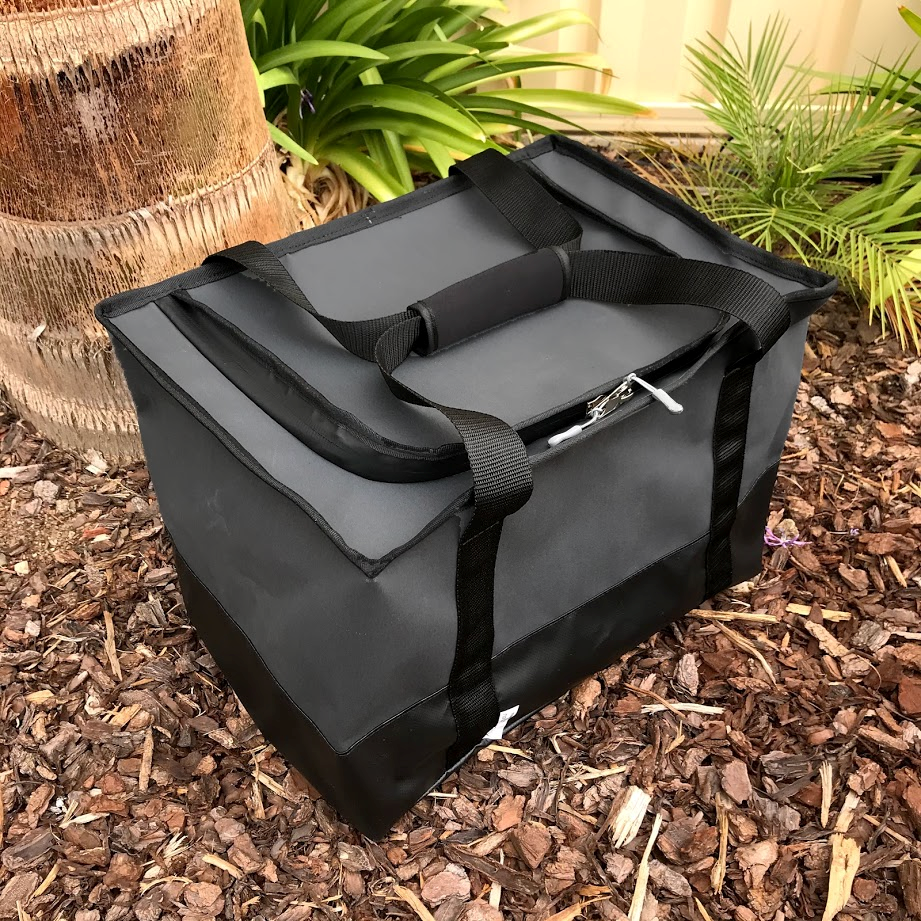

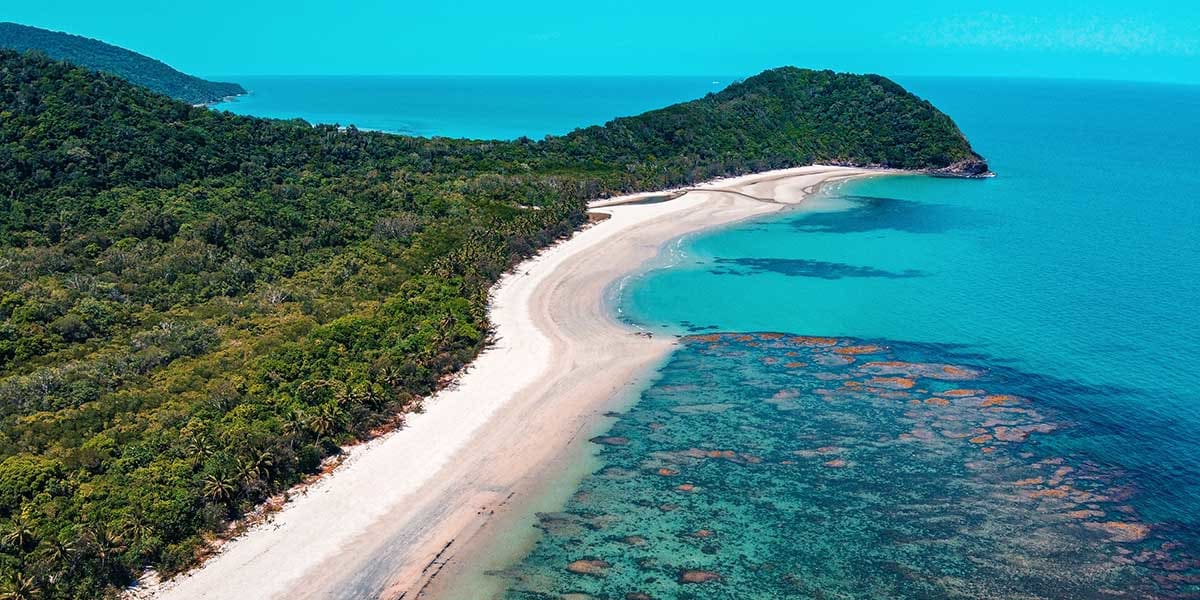
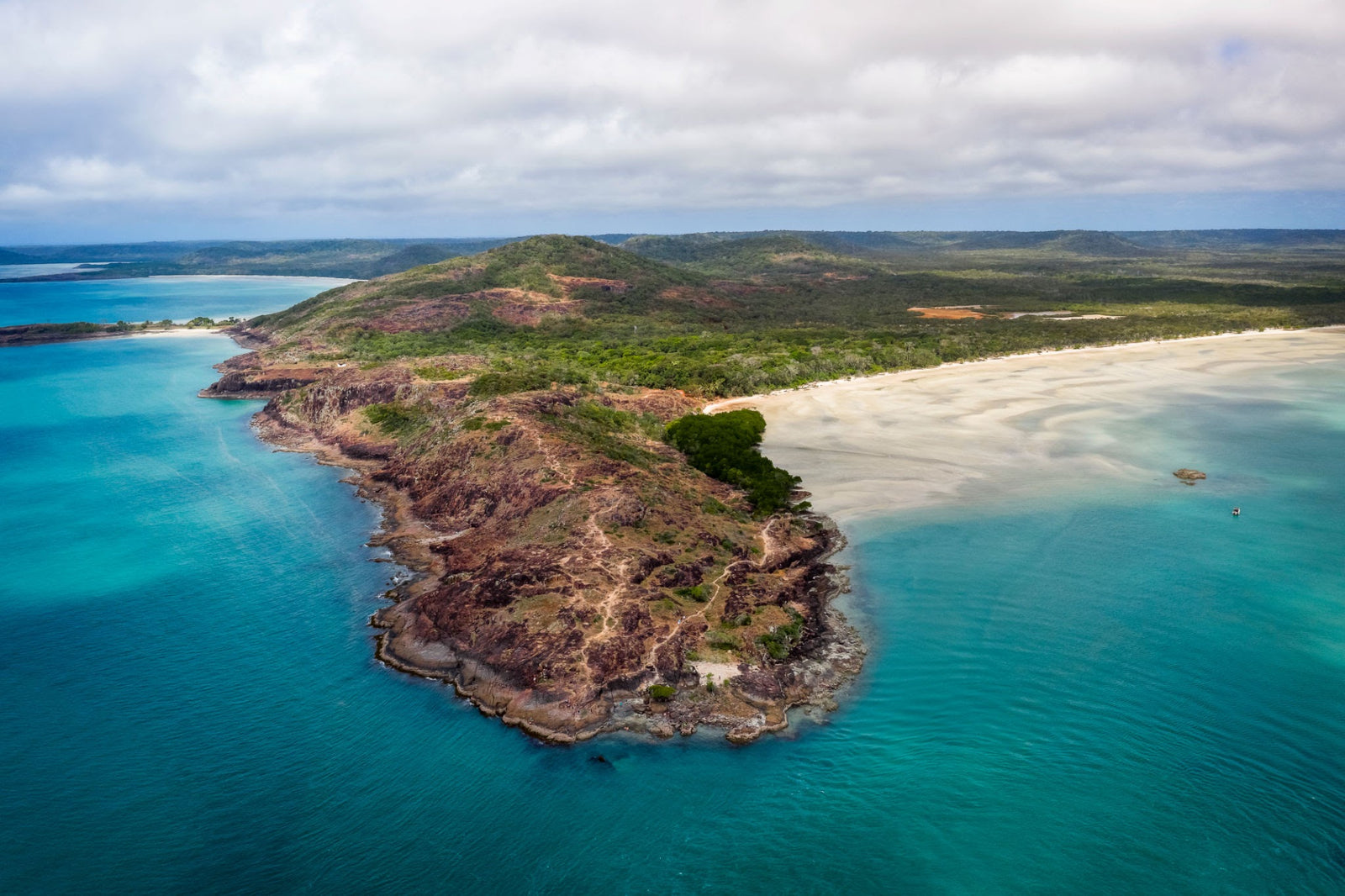




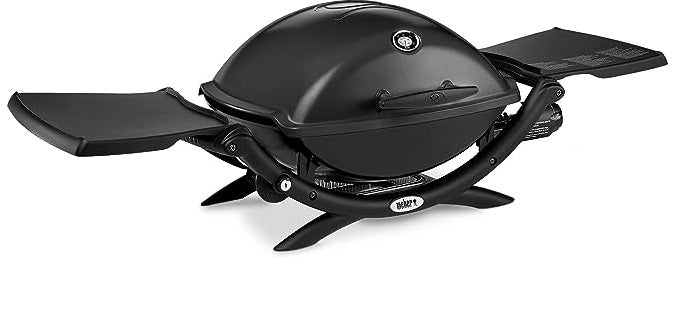
Leave a comment (all fields required)